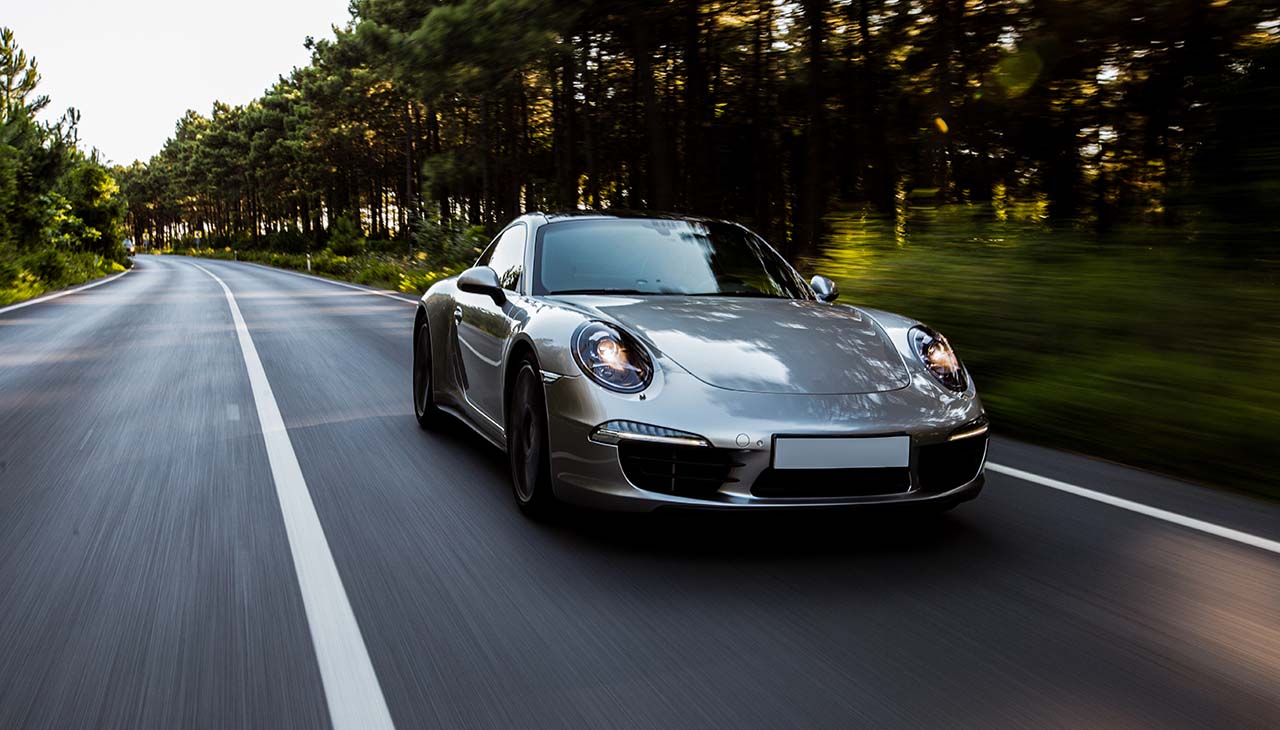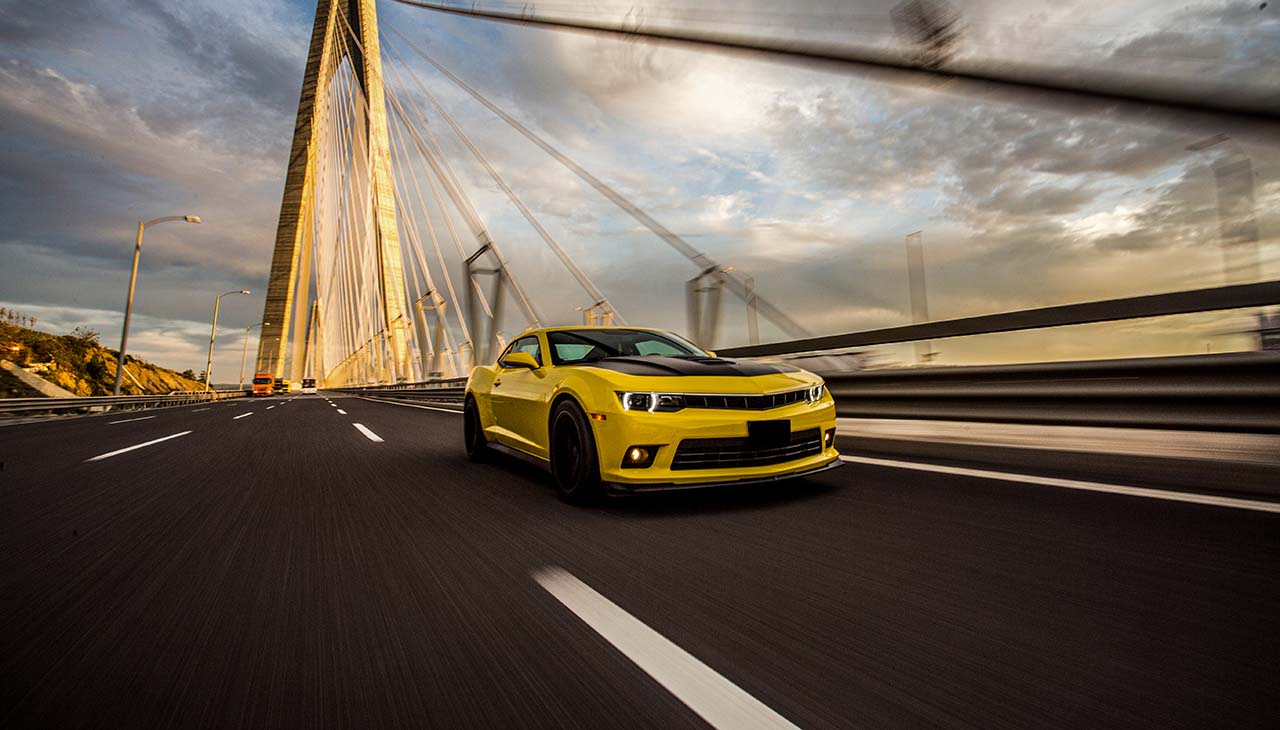Motorsports, a realm where speed and adrenaline meet precision, has always been a proving ground for pioneering automotive technologies. Among these, car safety features hold paramount importance, not only safeguarding drivers during high-speed races but also influencing the development and integration of safety innovations in consumer vehicles. This convergence of competition and safety has led to remarkable advancements in protective gear, structural integrity of vehicles, and the implementation of cutting-edge safety systems. Through an exploration of the evolution and impact of safety features in motorsports, we gain insight into how the racetrack has become a crucible for the life-saving technologies that today, protect millions of drivers around the world.
Evolution of Safety Features in Motorsports
The history of safety innovations in motorsports is marked by several key milestones that have significantly contributed to the protection of drivers and spectators alike. In the early days, the focus on safety was minimal, leading to numerous tragedies that served as a wake-up call for the industry. One of the first major advancements was the introduction of the crash helmet in the mid-20th century, drastically reducing head injuries. This was followed by the development of the HANS device (Head and Neck Support) in the 1980s, a critical piece of equipment that protects drivers from neck and spinal injuries during a crash. Another landmark innovation was the introduction of the SAFER barrier (Steel and Foam Energy Reduction) at racetracks, which absorbs and reduces impact energy, significantly enhancing the survivability of high-speed crashes. These milestones not only highlight the evolution of safety in motorsports but also underscore the continuous commitment to improving driver safety through technological advancements.
Key Safety Features in Modern Motorsports Cars
Modern motorsports cars are equipped with a comprehensive array of safety features designed to protect drivers under the most extreme conditions. Roll Cages and Roll Bars form the fundamental basis of driver protection, reinforcing the vehicle’s structure to prevent cabin intrusion during a crash. These are complemented by Harnesses and Seat Belts, which are far more robust than those found in standard road cars, ensuring that the driver remains securely in place, even during violent impacts.
Helmets and HANS Devices work in tandem to safeguard the driver’s head and neck. The helmet provides critical protection against head trauma, while the HANS device significantly reduces the risk of neck injuries and spinal damage by restraining the head movement during a crash.
Another crucial safety component in modern motorsports is the Fire Suppression Systems. These systems are designed to automatically detect and extinguish fires within the cockpit or engine compartment, providing drivers with vital seconds to escape in the event of a fire.
Lastly, Impact Absorbing Materials are extensively employed throughout the vehicle, from the cockpit to the barriers surrounding the track. These materials are engineered to absorb energy upon impact, greatly reducing the forces transmitted to the driver, hence enhancing survivability during high-speed crashes. Together, these safety features represent the cutting edge of motorsport safety technology, marrying engineering excellence with the highest standards of driver protection.
Impact of Safety Features on Motorsports
The implementation of advanced safety features in motorsports has led to a significant reduction in fatalities and injuries, marking a new era in the sport’s history where driver welfare takes precedence. This transition has not only saved countless lives but also fundamentally altered the competitive landscape. With the reassurance that their safety is a priority, drivers are able to focus more on their performance, pushing the limits of their vehicles with greater confidence. This heightened confidence has, in turn, contributed to more dynamic and competitive racing, captivating audiences worldwide.
Furthermore, the advancements in safety technology have had a profound impact on spectator safety, ensuring that fans can enjoy the thrill of the race with minimal risk. The development of safer barriers and improved track designs has greatly reduced the likelihood of accidents involving spectators, fostering a safer environment for everyone involved in the sport. These comprehensive safety measures underscore the motorsport community’s dedication to protecting not just the drivers but everyone who contributes to the vibrancy of this exhilarating sport.
Challenges and Future Trends
Despite these advancements, the motorsports industry faces the ongoing challenge of balancing high performance with the integration of advanced safety technologies. As vehicles become faster and the demands of competition intensify, ensuring the seamless incorporation of safety features without compromising performance is paramount. This entails not only the utilization of lightweight, high-strength materials but also the development of innovative safety systems that can adapt to the dynamic conditions of racing. Technologies such as real-time monitoring systems, which can predict and mitigate potential hazards before they occur, represent the next frontier in motorsports safety.
Furthermore, the continuous improvement in safety standards necessitates a proactive approach from all stakeholders involved. Racing organizations, teams, and car manufacturers must work in concert to develop regulations that not only respond to the current state of technology but also anticipate future developments. This includes rigorous testing regimes and the adoption of an iterative approach to safety, where lessons from past incidents are systematically applied to improve future safety measures. In essence, the future of motorsports safety lies in an unwavering commitment to innovation, collaboration, and a forward-looking perspective that prioritizes the well-being of drivers and spectators alike.

